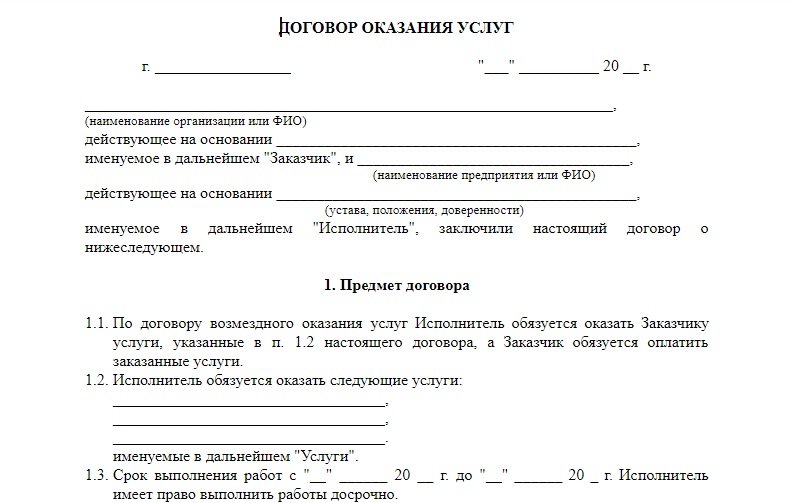Free test tasks — only for top-tier companies
Free tests are worth doing only when it’s for a Remote Job at a great company — or if you don’t yet have any portfolio work to show.
If you found a project on Freelancehunt, FL.ru, or similar platforms and are asked to design a landing page prototype or translation layout as a test — set a price for that task. Test assignments make no sense if you already have at least 5 relevant projects in your portfolio. When a client on a small project asks for free work, it usually means either they’re too lazy to check your portfolio, or they just want free labor.

A test task is real work — with 75–85% of the payment
A test task, like any normal job, can be posted as a project on a freelance platform. If the client says the task is “just a test” and that even if they like it, it won’t go into production — what’s the point of doing it at all? Instead, agree to do part of a regular task (or even the whole one, depending on size), with payment held in escrow and a 10–20% discount from your standard rate. If it turns out the task isn't a fit — the dispute can be resolved through the platform’s arbitration. If the work doesn't match the brief, the client gets a refund.
This way, everyone wins. The client gets useful work. You get paid.
Work only with payment guarantees
“You did a great job with the test task, congrats. Now please create two design concepts for our website and prepare a presentation. We pay once a month (in 3 weeks).”

In this case, you have 3 options:
There’s a 4th option — to just trust them — but don’t take that path. There may be more honest people than scammers, but don't take the risk. Even the most decent client can ghost you when it’s time to pay.
For some reason, freelance culture evolved in a way that, in 8 out of 10 short-term gigs, clients hand you a task and say, “Payment will come in three weeks.”
That’s not acceptable — because you don’t want to:
Creating a freelance project takes five minutes, but it's important that the client provides a detailed brief, and you accept the project only after reviewing and agreeing to the terms.
Before starting a large project — 40+ working hours — you can sign a service contract with the client. You’ll find templates online, but it’s best to consult a lawyer to ensure it’s well-written. You can sign any document online: https://smallpdf.com/ru/sign-pdf .

Signing a service contract takes more effort in terms of convincing the client. Most people are used to working on trust, and paperwork tends to cause frustration.
I'm afraid to lose you
When discussing money, it’s important to hold your ground and be able to explain your reasoning clearly.
Yes, I’m asking you to create a project with escrow because this is our first collaboration, and I don’t want to be scammed. Yes, I’m asking you to sign a contract because I’m providing $3000 worth of services and I want both of us to feel secure in the process.
When you offer your terms, you’ll encounter two types of people.
The first type — responsive — value your skills and are willing to meet you halfway.
The second type — have never worked this way and refuse, pushing their terms instead, usually more favorable to them.
There’s a third type — they just need to be convinced. Explain the benefits of your approach calmly, without pressure or urgency. Just facts and reasoning: “I do quality work, so I expect timely and full payment.”
And if, after all that, the client still insists on their way and you feel uncomfortable — walk away. You'll save time and nerves.
Learn negotiation and financial skills in the course Freelancer: The Big Game
In the course Freelancer: The Big Game you’ll learn how to work with briefs, questionnaires, and client requests. We'll spend a lot of time on handling typical and tricky client questions, good communication tone, and professional etiquette. We’ll also cover registering as a sole proprietor or LLC. As a freelancer, you’ll have a strong position. No more free tests, unpaid work, delays, or 1,000 rounds of edits.
